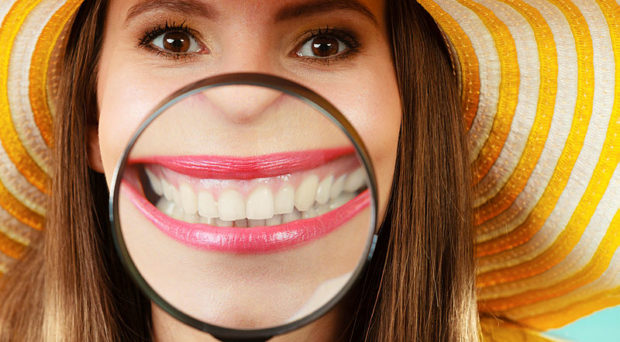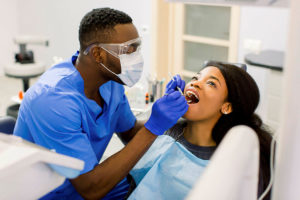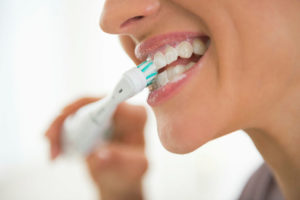
Oral diseases like tooth decay and gum disease can cause pain, discomfort, social isolation and loss of self-confidence, and can also be linked to other serious health issues. Fortunately most oral health conditions are preventable and can be treated in their early stages.
World Oral Health Day is celebrated on the 20th March every year and aims to empower people with the knowledge, tools and confidence to secure good oral health. There are many studies and clinical trials researching new treatments to improve oral health, and in this blog we will take a look at a selection of those registered at the ISRCTN registry.
Toothbrushes
Buildup of plaque bacteria rapidly leads to gingivitis (inflammation of the gums). This can be prevented with toothbrushing, but a poor technique, short duration and lack of motivation can all lead to poor plaque control.
Toothbrushes are continuously tested for their effectiveness and safety as manufacturers develop new devices or improve features on existing devices. Electric toothbrushes with oscillating/rotating technology have been shown to be highly effective at removing plaque removal and controlling gingivitis.
In this study a newly developed electric toothbrush was compared with a manual toothbrush and plaque regrowth was measured with a method called Digital Plaque Imaging Analysis (DPIA), where plaque is assessed using a digital photo of the front teeth after staining with fluorescein.

Electric and manual toothbrushes have also been compared in a study with children aged 3-6 years and 7-9 years, brushing either by themselves or with their parents’ help.
Interactive electric toothbrushes are another recent innovation, for example this study is comparing a new interactive electric toothbrush with a whitening brush head to a regular manual toothbrush.
Connected toothbrushes and their associated apps can report how often someone brushes their teeth, for how long and how well they brush. They can also provide coaching with instructions and challenges to improve brushing habits. This study evaluated the data collected by a connected brush and compared plaque and gingivitis in groups brushing with and without a connected brushing app.
Used in addition to standard toothbrushes, interdental brushes are small brushes specially designed to clean between the teeth. Different brush designs were compared in this study and the results showed that both designs were effective at decreasing plaque but were not significantly different to each other.
Toothpastes
Toothpastes are also under continuous development. For example, this study is comparing a new toothpaste with sodium bicarbonate with a marketed regular toothpaste for the prevention of gingivitis.

Tooth sensitivity, usually the result of worn tooth enamel or exposed tooth roots, is another area of concern. This study compared a hydroxyapatite/potassium nitrite and aluminium lactate cosmetic toothpaste to a benchmark marketed toothpaste to see if it helped prevent the discomfort associated with sensitive teeth.
Demineralization occurs when acids found in bacteria and sugar attack the enamel, and remineralization happens when minerals like fluoride, calcium, and phosphate reunite with the enamel.
This study compared the remineralizing effect of three toothpastes containing mineral brushite, mineral hydroxyapatite and no minerals, also assessing their effect on enamel acid resistance and tooth sensitivity.
Technology
Accurate 3D images of the mouth can now be recorded and used by dentists to monitor oral health. These scans capture a great deal of information and are time-efficient, easy to record and available for future reference. They are currently used to monitor orthodontic treatment and the position of teeth. This study compared the accuracy of 3D scans to traditional assessments and the results confirmed that the images are accurate enough for the evaluation of gum health.

Intraoral cameras can also be used to provide patients with a scan of their mouth showing areas of inflammation and plaque, which can be combined with verbal advice to encourage good oral hygiene, as tested in this study.
3D scanning and digital production techniques are also being tested in this study to see whether they can be used to make more accurate dental crowns to replace extracted teeth.
The take-home message
The current theme for World Oral Health Day is a simple but powerful message: Be Proud Of Your Mouth. Why not book your next appointment or take part in one of the activities on the map here?
Comments